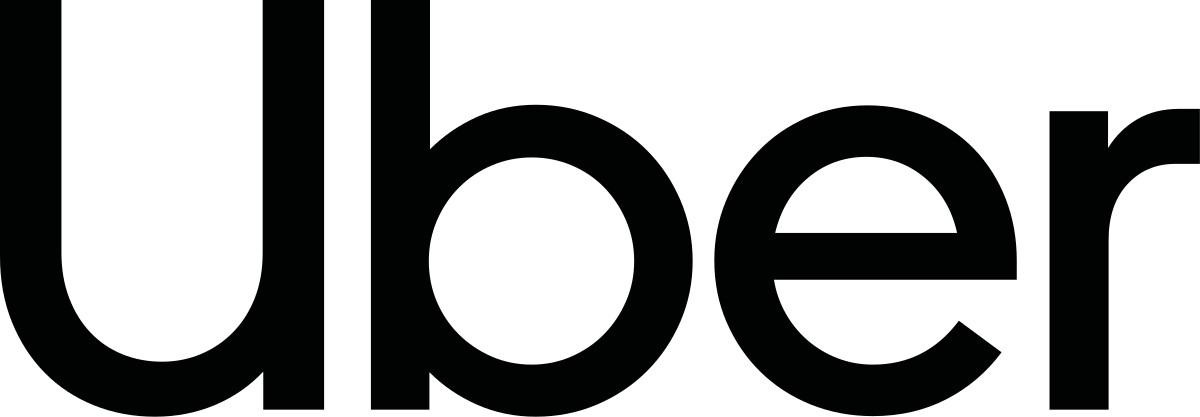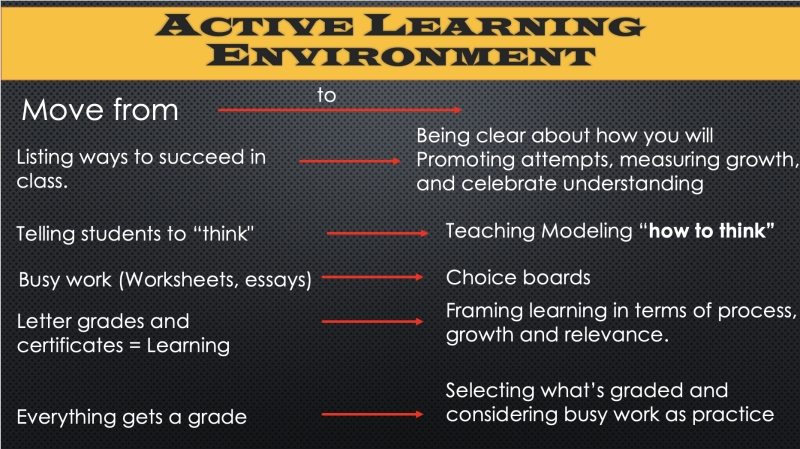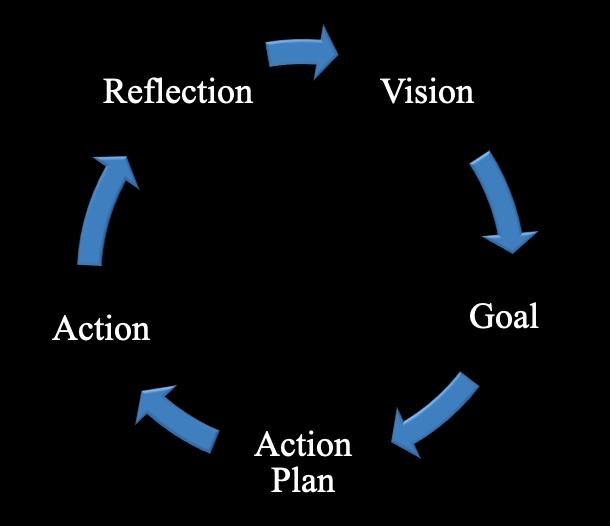Intentional Innovation
To think like a leader is to design a blueprint for success (i.e district, school or lesson plan) that is ongoing, dynamic, and able to change in time with the reality of a changing school environment.
A fabulous few days at the Building Learning Communities event (#BLC19) wrapped up with attending many sessions today. I was honored to be able to present two sessions at the event this year. Events are always a fantastic way to collaborate, learn, and push myself as a speaker. My two topics focused on active learning environments and innovative leadership.
Click here for slide deck for designing Ed Tech Lessons
Click here for slide deck on innovative leadership
Click here for slide deck and resources for active learning lessons.
I designed both sessions with the mindset
The “Future” isn’t something that happens to us; it is something we create!
It is never easy to shift cultures, but every innovative culture change started with an idea that seemed ridiculous…at first
Tools and ideas to transform education. Sign up below.
Idea: How about we pay a stranger to sleep in his/her house?

Idea: How about we contact a stranger have them pick us up and get into his/her car even thought we have ALWAYS been told not to get into strangers cars?

Idea: What if we didn’t have to buy the full cassette or CD?

Idea: What if we brought the mall to the customer?

There are many definitions of Innovation in Education. For me and from my experiences, I believe innovation is any idea that adds positive value to learners and the school and introducing new and future possibilities through ideas, creation, and prototyping.
Standing still in the world today is not an option, so we have to continue to move forward and innovate. However, Innovative leadership doesn’t mean USE MORE TECH. Innovation is a method, not a thing. I think today’s Innovative leaders need to act more like startup CEOs. What I mean by that is design an Innovative culture that promotes prototyping and effort and celebrates attempts. Students don’t know what they don’t know, so they must move forward and discover learning on their own. Not just be “told” and sit and consume information. Uncertainty in learning brings creation and discovery and in turn learning. #FailForward Look back up at the innovative companies that have changes our would and way of life. Their ideas were uncertain but with a goal to learn, be efficient, and find “a better way”
Some areas I think we as educators need to move towards are below. This is a slide from my session Thursday and we had a rich discussion about the “shift”. Add your thoughts on twitter by tagging @MatthewXJoseph or comment below.

The big focus of both my sessions was around planning and thinking like a progressive teacher or leader or BOTH. To think like a leader is to design a blueprint for success (i.e district, school or lesson plan) that is ongoing, dynamic, and able to change in time with the reality of a changing school environment. A blueprint for success is not a strategic plan that sits in a binder on the shelf. Rather, it is a process whereby a leader thinks though all the steps and plans an effective implementation strategy.
Blueprint for success
I believe a blueprint for success consists of five stages: a vision, goal, action plan, action, and reflection. Reflection includes assessment and evaluation of the action. But notice after reflection is back to vision. This is NOT a straight line it is continuous work and refecting on your vision, goals, plan, and implementation (action).

Vision
Effective leaders vividly describe their vision for the future and paint a clear picture of that destination to others. A vision inspires people to work towards a common goal. They build teams and define the steps to get there. A clear vision helps get the team back on track if along the way you go astray with your action steps or attitude.
You hear a lot of people say: “I will believe it when I see it.” Think of vision as the reverse of that statement. If you believe in your vision and model it every day, others will see the vision and have clarity on your direction. True vision provides a roadmap for the school and its stakeholders by providing a picture of success. Effective leaders clearly communicate this vision to the school as a means of inspiring, motivating, and engaging people.
Goal(s)
By setting high, clearly defined goals, effective leaders can measure the process and take pride in the achievement of those goals. Seeing forward progress helps motivate you to keep at it, even when the going gets tough. Small victories will give you the self-confidence you need to recognize your own abilities in achieving the goals you’ve set.
Ensure goals are set high. I like to say if someone doesn’t laugh at your goal(s) because they think it is out of reach, then the goal is not set high enough. Les Brown wrote, “Shoot for the moon and if you miss you will still be among the stars.” I encourage you to set your goals sky high.
Action plan
An action plan is a roadmap for how you are going to achieve your goal(s). The goal(s) should be broken down into steps and an assigned priority. Identify a person or team responsible for the completion of the goal and a way to track progress; consider a method to make notes to document said progress. Additionally, a starting and ending date should be a part of each action plan. A leader can have an amazing vision and clear goals, but without the plan to get there, the blueprint is not solid and will lead to a lack of clarity and unorganized implementation.
Developing an action plan cannot be done in isolation. Look at all aspects of your vision and be sure to enlist a cross section of voices and personalities. These voices will be the champions and cheerleaders of moving from action plan to action.
Action
What separates an effective leader from an unsuccessful one is the implementation of ideas into action. The time to act is when the vision is set, the goals are developed, and the action plan is strong. Effective leaders stay true to the vision and action plan because the time spent developing the plan will pay off and the results will be miraculous. Don’t overthink this step. When you’re ready, turn your action plan into action.
Reflection
Almost everything we do in education requires an evaluation and reflection. Reflection takes many forms and is an integral part of education and personal growth. Great leaders/teachers constantly reflect on their practice. They alter their plans, units, interactions, and attitudes. In a profession as challenging as teaching, self-reflection offers leaders and teachers an opportunity to think about what works and what doesn’t. Creating time for reflection gives leaders a chance to see their vision in action and determine next steps with actual data.
Effective leaders focus reflection on the impact of the actions on the school/district, the staff, and on him/herself. Reflection can take many forms. It can be a few minutes at the end of each day (who you talked to, what was said, what happened as a result of the vision and actions) or it can be an assessment of data collected over many days/weeks.
It may help to have a set of reflection questions to guide your thought process:
- How frequently am I communicating my vision and priorities?
- Can my staff articulate my vision and priorities?
- Am I supporting my staff on our path to achieving our goals?
- Am I leading or managing?
- How am I making a difference?
Regular check-ins on the action items help you see where you are in the cycle of progress. Are you on schedule? Did you budget correctly? Is the work aligned with the goals and intended objectives? If the actions are a little off course, you might need to make a simple change or do a deeper recalibration. Regardless, you won’t know until you’ve reflected on your progress.
A leader’s success is about helping others grow. It’s about making your staff smarter, bigger, and bolder. Nothing you do as an individual matters as much as how you nurture and support your team and help increase their self-confidence. Success starts with thinking like a leader and creating and sharing a blueprint for success.
Thank you to the November Learning organization and all the “Blue Shirts” that made this event smooth and an amazing learning event. Happy 20th year and look forward to 20 more.
cross posted at techinnovation.live
Dr. Matthew X. Joseph is currently the Director of Digital Learning and Innovation for the Milford Public School District in Milford, MA. Before coming to Milford, he was a building principal for 11 years in Natick, MA and Attleboro, MA. Other professional roles include: classroom teacher, district professional development specialist supporting leadership and technology instruction. Matt holds licenses in general education, school administration, and Massachusetts superintendent. His master’s degree is in special education and earned his Ed.D. in Educational Leadership from Boston College.
Throughout his career, Matt focused on what is in the best interest of students and pushing the limits to achieve excellence in schools. He is an instructional leader constantly looking for student and school improvement while building community and continued teacher improvement. He is passionate about building a collaborative school culture, creating a school of learners utilizing 21st century instructional tools, and developing leaders’ communication techniques to enhance instruction and parent communication.
Follow Dr. Joseph on twitter at @MatthewXJoseph or read his blog techinnovation.live
Dr. Matthew X. Joseph (@ MatthewXJoseph) is Executive Director of Learning in Providence Public Schools, Rhode Island.
